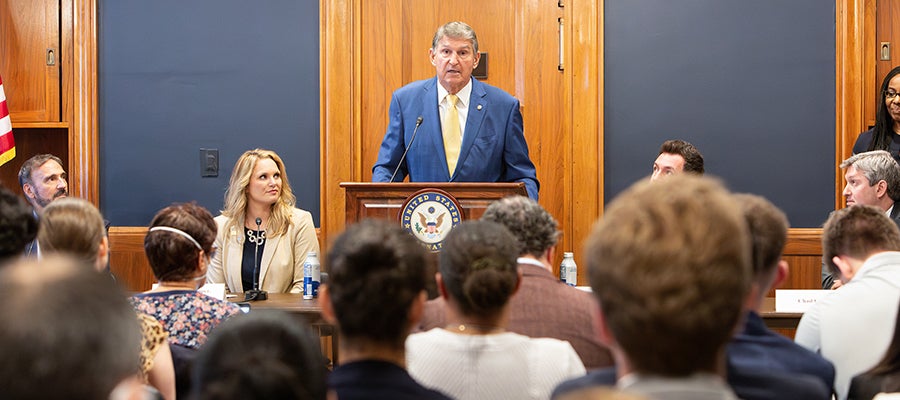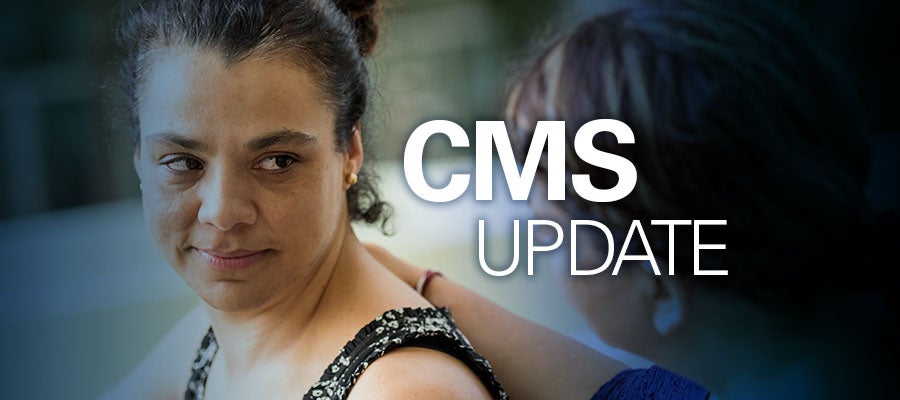Starting by July 1, the Centers for Medicare & Medicaid Services will reprocess calendar year 2019 claims for hospital outpatient clinic visit services provided in off-campus provider-based departments excepted under the Bipartisan Budget Act of 2015 to pay them at 70% of the outpatient prospective payment system rate, the same rate as non-excepted departments, the agency announced.








